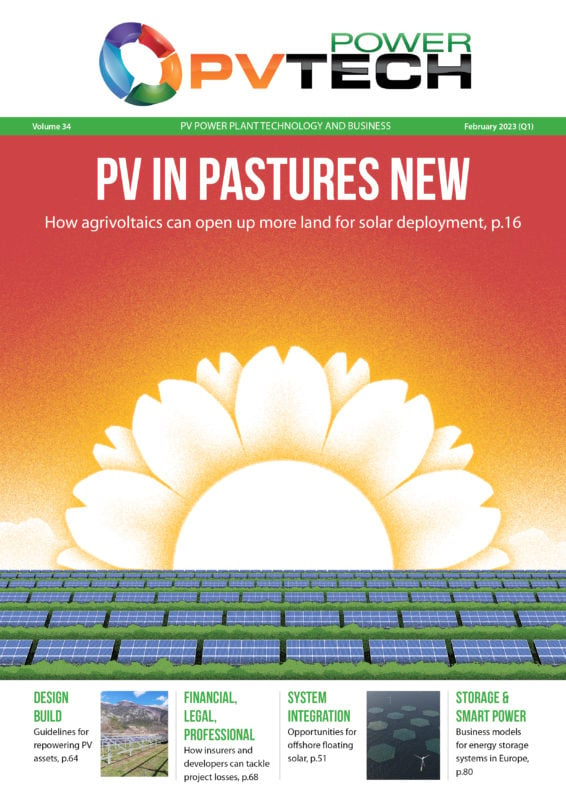Growth, oversupply and security: Is the current solar supply chain fit for purpose?

Global carbon reduction goals require a rapid increase in solar deployment, with the International Energy Agency estimating the need to triple global photovoltaic deployment by 2030. However, the current concentration of solar manufacturing in China poses risks of supply disruptions and price competition due to excess production capacity. Solar manufacturers worldwide are facing challenges due to low prices and concerns about module quality. Geopolitical tensions could lead to further trade interventions in the solar industry.
Source: Link
FAQs - Growth, oversupply and security: Is the current solar supply chain fit for purpose?
Frequently Asked Questions (FAQs) - Growth, oversupply and security: Is the current solar supply chain fit for purpose?
FAQ 1: Is the growth of the solar industry currently being hindered by supply chain issues?
Answer: Yes, as reported in PV Tech Power Volume 34, the growth of the solar industry is facing challenges due to supply chain issues. These issues inhibit the ability of the industry to scale up effectively to meet increasing demand. (Source: PV Tech Power Volume 34)
FAQ 2: Have solar module prices been affected by the supply chain constraints?
Answer: Solar module prices had been falling in recent years. However, supply chain constraints can affect pricing by limiting the availability of materials or by increasing logistic costs, though the specific impact on current prices was not detailed in the provided sources. (Source: PV Tech Power Volume 34)
FAQ 3: What are the dominant countries in the solar PV global supply chain, and how has this changed over time?
Answer: China currently dominates the global solar PV supply chain. Historically, global solar PV manufacturing capacity has shifted from other regions such as Europe, Japan, and the United States to China. (Source: IEA Report)
FAQ 4: How is the US administration looking to improve the solar supply chain within the country?
Answer: The Biden-Harris Administration announced an $82 million investment to help establish a domestic solar supply chain. This investment aims to increase energy security and support progress towards a more secure clean energy transition. (Source: Energy.gov)
FAQ 5: What role does infrastructure play in dealing with risks associated with the PV project value chain?
Answer: High-quality infrastructure can mitigate risks related to the worldwide PV project value chain, such as underperforming equipment or logistical inefficiencies. A robust infrastructure helps ensure smooth operations and long-term sustainability of solar projects. (Source: Oxford Academic)
Please note that more updated or in-depth information may be available on the websites cited or through further research.

